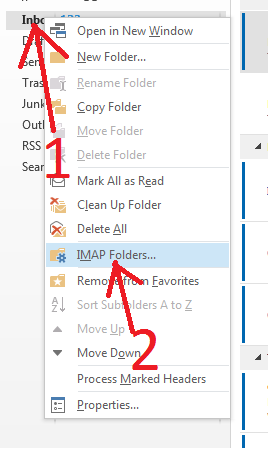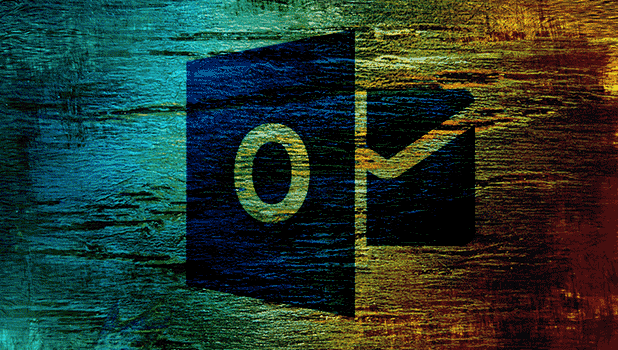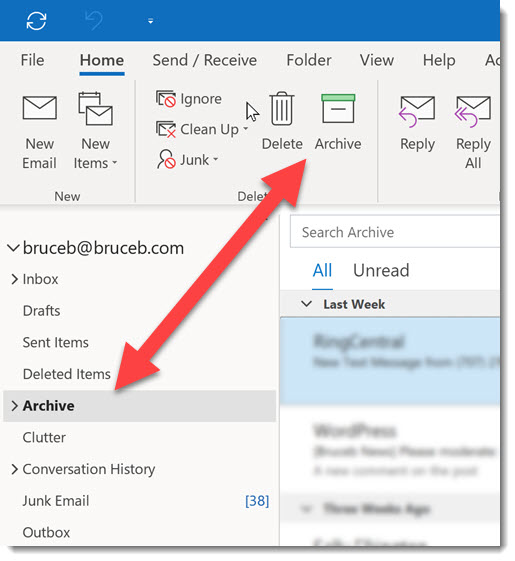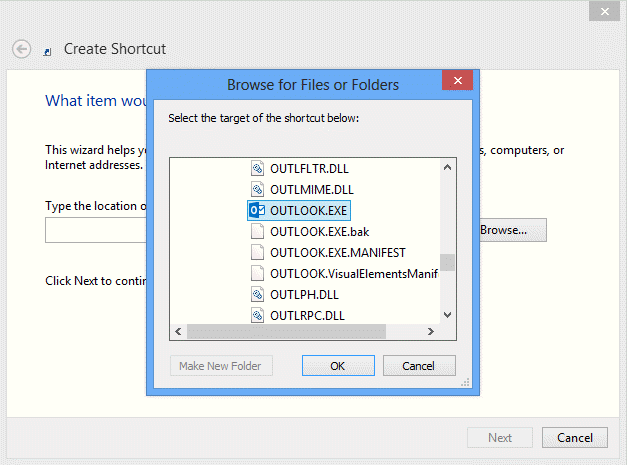
- #How to create desktop shortcut for outlook 2013 how to
- #How to create desktop shortcut for outlook 2013 windows 10
- #How to create desktop shortcut for outlook 2013 windows
#How to create desktop shortcut for outlook 2013 windows
Microsoft Edge is undoubtedly the one that is integrated with Windows for obvious reasons.
#How to create desktop shortcut for outlook 2013 how to
How to Create Shortcut YouTube Microsoft Edge If you want to rename, you give right-click on the shortcut and then simply click on « Rename «.You will see a shortcut to the site in question is created. After this you will have to click on the icon of the tab and keep the click, drag to the desktop and then release.Now we have to minimize the window slightly to let us see a blank space on the desktop of your computer.Since all we have to do is open the window and load the same channel which want to create a shortcut. But with this browser is even simpler still.How to create shortcut on the desktop YouTube in Firefoxįor those using Firefox We will also see a method to create a shortcut on the desktop YouTube with Firefox. You can even drag this icon to the taskbar. Through this process, you can create a shortcut to any website you want from Chrome and keep it on your desktop. When we double click it you can access the web where we were before. If you look closely you will see that the YouTube icon appears on the desktop.


#How to create desktop shortcut for outlook 2013 windows 10
In fact, that’s exactly what you want to do! Click “Yes” to proceed and a shortcut for your favorite program will instantly appear on your Windows 10 desktop, ready to click and use: It’ll generate an error message, which is fine: There’s that pesky option! Yay! Click on “ Create shortcut“, as highlighted above. You can delete from this point, but I will warn you that using Uninstall from the Settings is a much smarter and safer strategy.įind the particular program you want to drop on your desktop with a shortcut, like Skype, and right click. So many programs, so little clue about them in Windows 10. It’ll look like this:Ĭlick on “OK to open up that particular view of your Windows 10 system: Make sure you have no space after the colon. What you’ll want to do is type in – exactly as shown here – the sequence “ shell:AppsFolder“. It launches a small box without much in the way of suggestions on how to use it. There ya go, click or tap to choose the Desktop app “Run”, as highlighted above. You can pin the app to your Start tiles or, if you right click on the icon when it’s running, pin it to the TaskBar, but to create a Desktop Shortcut? For that we’re going to need to get to the Windows command line. The logical place to put this feature would be on the context menu you get when you right click on a program or app on the Start menu:

I’ll step you through the process, though, so no worries. However, be warned: for this particular solution you’re going to be doing a wee bit of Windows hacking – sort of – and launching a view that isn’t usually part of a user’s account setup or configuration.

But if you prefer apps to live on your Desktop as they have for the entire history of Microsoft Windows, I got your back. In fact, it’s clear from figuring out a solution that Microsoft really, really wants you to get used to the Start screen or the Win10.1 Start menu, not create Desktop shortcuts. My initial reaction to your question was “it’s easy, just right click on the program icon and choose “Create Shortcut”, but upon trying to do it myself, turn out that it’s nowhere near that easy.


 0 kommentar(er)
0 kommentar(er)
